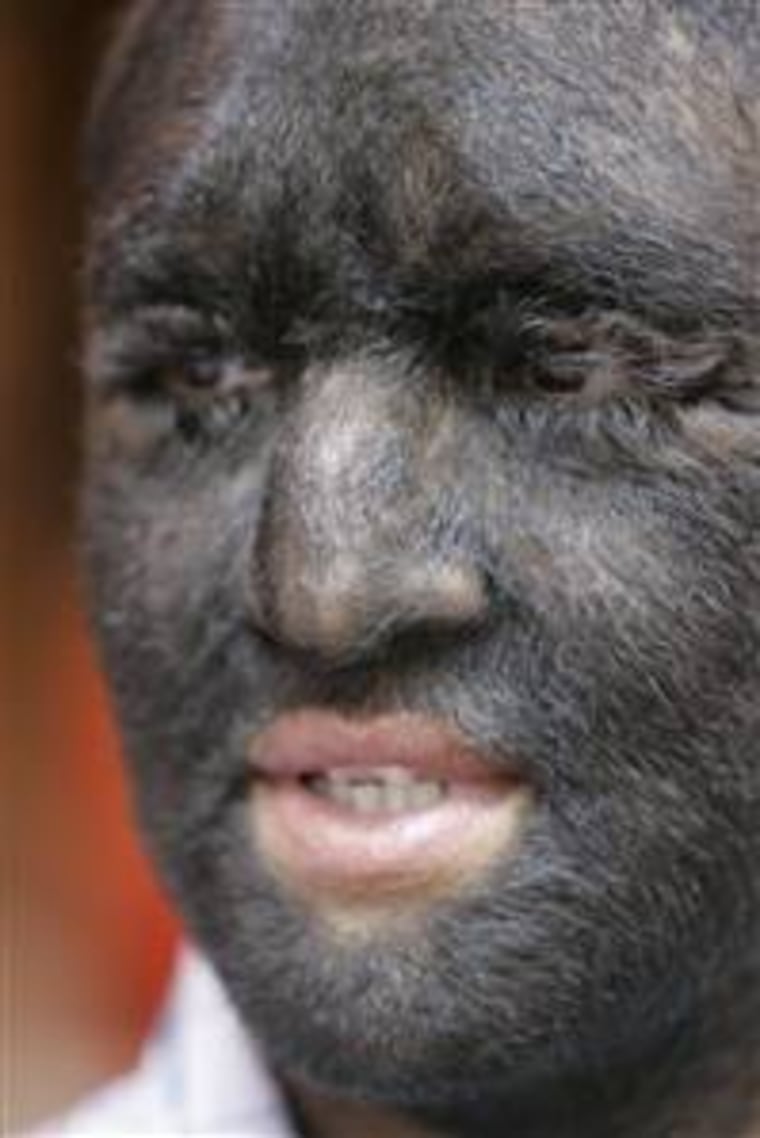Beyond the traditional werewolf legends and the big, bad hotness of Jacob Black in the “Twilight” saga, is there any truth behind the notion of a man or woman actually transforming into an animal? Yes and no, says Ben Radford, managing editor of the Skeptical Inquirer and author of “Scientific Paranormal Investigation: How to Solve Unexplained Mysteries.” “There are conditions that are basically lycanthropic conditions,” says Radford, who has investigated ghosts, lake monsters, and mysteries like the chupacabra for a dozen years. A likely physiological explanation for the werewolf legend is a genetic condition known as generalized hypertrichosis, which causes hair to grow excessively all over the body, including the hands and face, Radford suggests. Although rare -- there have probably been only 50 described cases since the Middle Ages -- the condition has been well documented. In fact, lovelorn Mexican circus star Larry Ramos Gomez, better known as “Wolfboy,” is a Body Odd all- star for his efforts to develop a reality dating show (as of yet, the show hasn’t materialized). In generalized hypertrichosis, all of the normally invisible hairs on the human body are replaced with thick coarse terminal hairs. “There are apparently a very small number of people where virtually all the areas of the body that would have vellus hair seem to have terminal hair,” says Dr. Daniel Aires, director of the division of dermatology at the University of Kansas Hospital. “Those are the people who look like wolves.” Other famous personages with generalized hypertrichosis include the so-called “Hairy Family of Burma,” Stephen Bibrowski, later known as "Lionel The Lion-faced Man," and Fedor Jeftichejev, more commonly known as Jo-Jo, the Dog-Faced Boy, a wildly popular Barnum & Bailey sideshow performer during the early 20th century. It can affect women, too. Julia Pastrana, the famous Bearded Lady of the mid 1800s, had a dual condition of generalized hypertrichosis with gingival hypertrophy, which caused excessive dark hairs all over her body as well as distorted facial features and enlarged gums. Only last year, researchers discovered the genetic mutations responsible for the Bearded Lady’s rare condition. Hypertrichosis isn’t the only possible basis for some of the werewolf myths. Cushing’s Syndrome, a hormonal disorder caused by high levels of cortisol in the blood, can cause symptoms of excessive hair growth, a fatty hump between the shoulders, pink or purple stretch marks on the skin and hyperhidrosis (excessive sweating). Then there’s porphyria, a blood disorder which makes people sensitive to light, may stain the teeth red and can lead to excessive hairiness. “The combination of those things may have given rise to the Dracula or the Wolfman legends,” says Aires. Psychological conditions may also be responsible for a little full moon hairy madness. “There are people living today who are absolutely convinced they’re werewolves,” says Radford. The werewolf legend may make for spine-tingling fiction and smoking-hot movie characters, but, in the end, it traces back to a time when there were a whole lot of ‘monsters’ that wouldn’t be considered that way now. “Basically, anything that made a person appear different would lead people to attribute that person to being a werewolf or a vampire. I’m well steeped in monster tradition but in terms of modern reports of werewolves, they’re not terribly common,” says Radford. Find The Body Odd on Twitter and on Facebook.
Forget Team Jacob. Are there real life werewolves?
